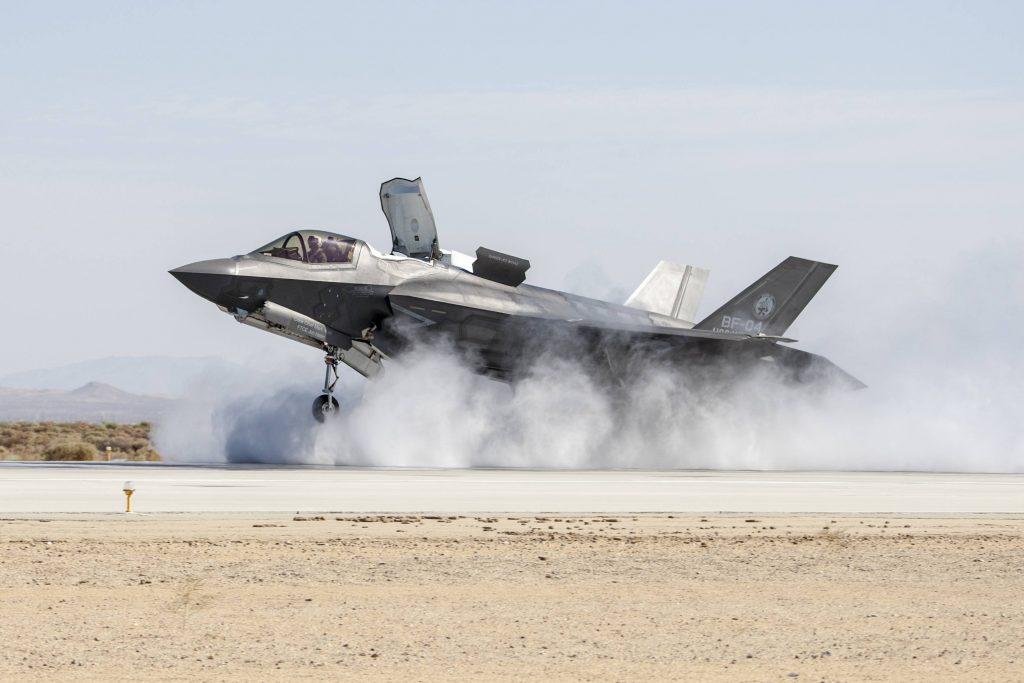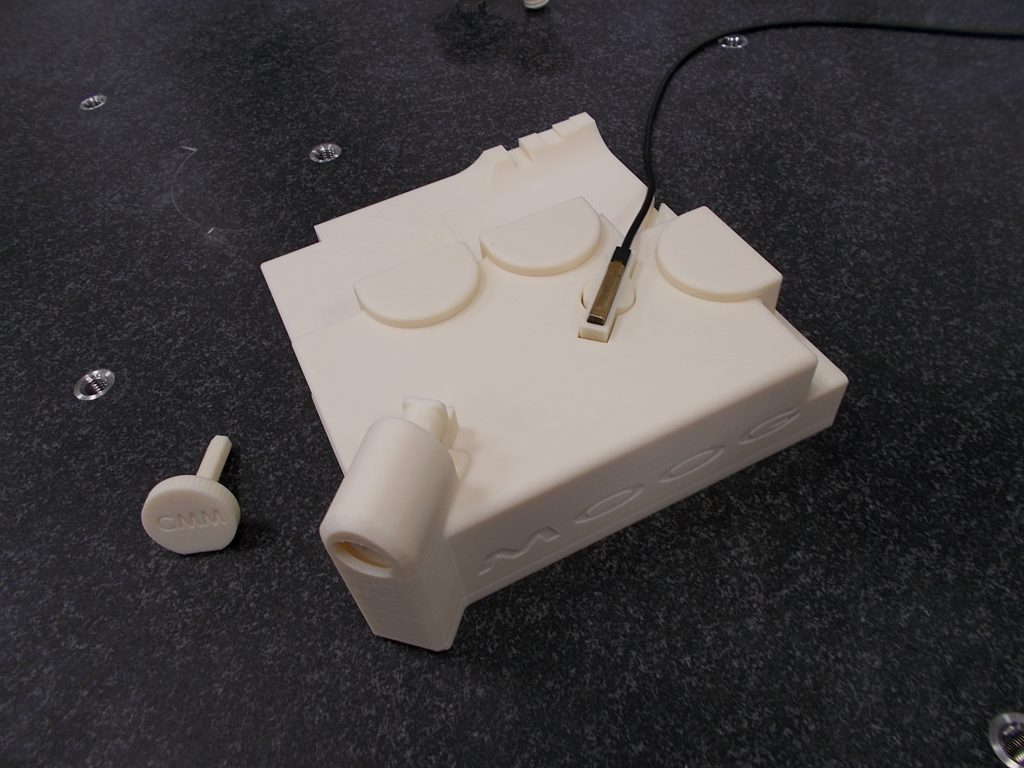FDM 3D printing proves better than traditional manufacturing in this latest case study from Moog Aircraft Group (NYSE:MOG.A) and leading Stratsys reseller SYS Systems.
As a solution for spare parts and tooling, fused deposition modeling (FDM) is the 3D printing technology of choice for cutting costs and lead times at factories around the world. In recent news, Ricoh opted to switch out metal for FDM 3D printed plastics at an assembly factory in Japan. And Spain’s Indaero won a lucrative Airbus contract on the back of its FDM part production.
The Moog Aircraft Group is already a key part of the supply chain for many aerospace/defence companies including Lockheed Martin, Boeing, Airbus and Northrop Grumman. In collaboration with SYS Systems, Moog identified FDM 3D printing as the best solution for producing bespoke fixtures, used in the machines that qualify aerospace-grade parts.

3D printing, “the preferred method of manufacture”
In the aerospace industry, coordinate measuring machines (CMMs) are used in line with metrology systems, like 3D scanners, to test a part for purpose. To take an accurate reading, the CMM needs a unique fixture specifically tailored for the part in question.

Traditionally, bespoke fixtures at Moog would have been outsourced and made of steel. With FDM 3D printing, the company has managed to bring custom CMM fixture production in-house, and now make the parts from production-grade thermoplastics.
James Stuart-Young, Manufacturing Engineering Manager of the Military Value stream at Moog explains, “The outsourcing process always had a lead time of four to six weeks from drawing release to receipt of a finished fixture.”
“Following a cost-versus-benefit analysis,” he says, “we evaluated ways to produce these fixtures in-house via a cost-effective method that would reduce planned lead times,”
“3D printing was chosen as the preferred method of manufacture due to the speed of production and low piece-part costs.”

3D printing gives back tenfold
From typical projected lead times of four to six weeks, custom CMM parts can now be made in approximately 20 hours. The savings as a result have given back tenfold to the company, “Fixtures that have cost us in excess of £2,000 in the past can now be made for a couple of hundred pounds,” adds Stuart-Young.
Further, “The ability to try a design idea, test it and redesign it accordingly in a matter of hours, rather than weeks, has seen us improve work holding and reduce the occurrence of manual handling damage throughout the production processes.”
Read more about the latest additive manufacturing applications in aerospace, automotive and more with a subscription to the 3D Printing Industry newsletter. You can also follow us on Twitter, and like us on Facebook.
Nominate the best additive manufacturing applications in the 2018 3D Printing Industry Awards.
Featured image shows a Lockheed Martin F-35 Lightning II stealth fighter jet (part of Moog’s aircraft portfolio) successfully landing in a crosswind test. Photo by Tom Reynolds/Lockheed Martin


